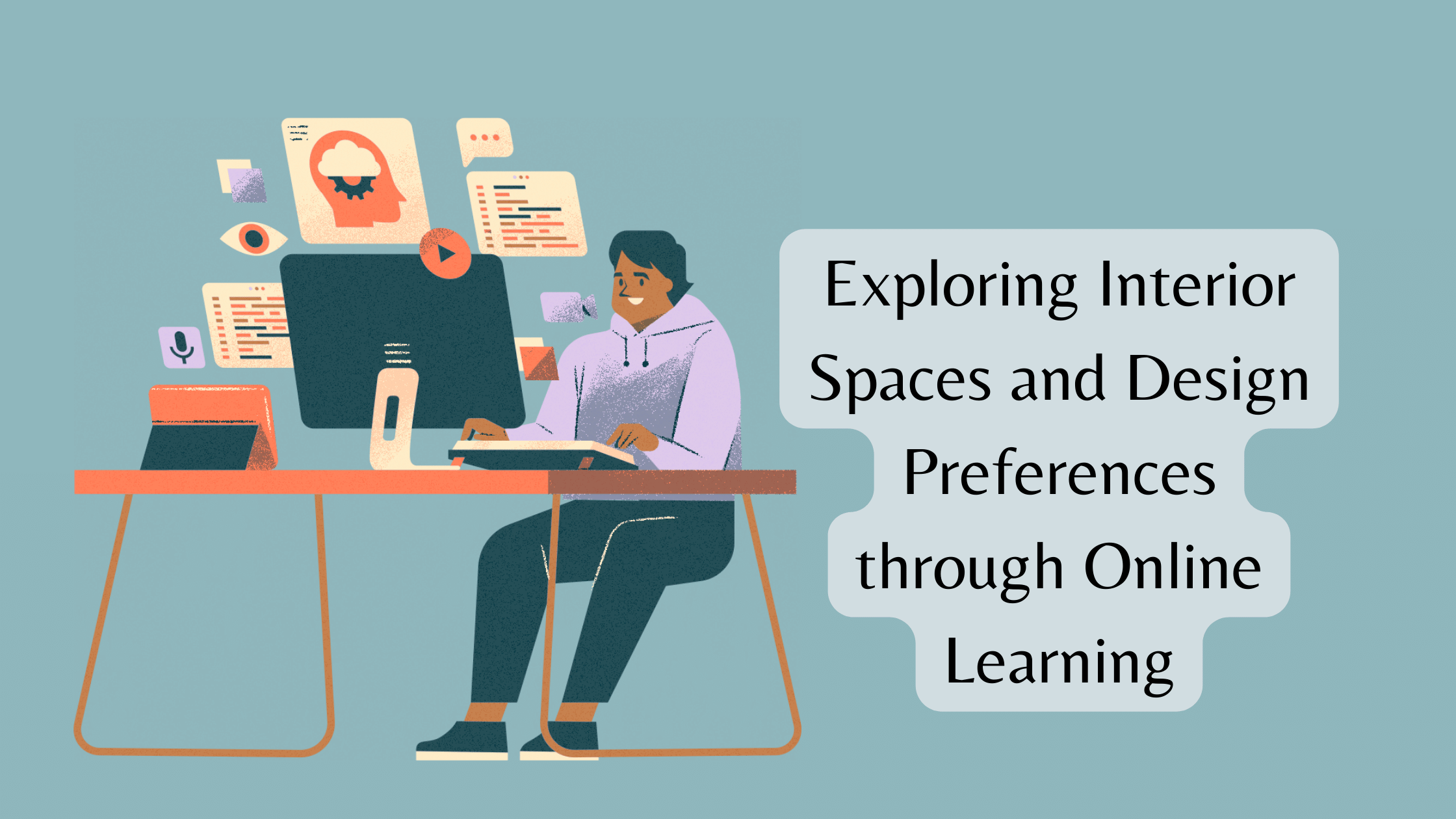
Today, interior design has undergone a significant transformation, mainly due to the accessibility and convenience offered by online learning platforms. These platforms allow individuals to delve into the intricacies of interior spaces, understand design principles, and cultivate their unique preferences from the comfort of their homes. This article explores how to evaluate interior spaces effectively and refine design preferences through the online interior design course.
Understanding Interior Spaces
Before delving into the nuances of design preferences, it’s crucial to establish a robust foundation by comprehensively understanding interior spaces. Online learning platforms provide a diverse array of courses, catering to individuals at different skill levels. Beginners can start with introductory courses covering interior design basics, while more experienced learners can delve into advanced topics such as environmental psychology and sustainable design. These platforms frequently provide additional materials like case studies and interactive quizzes, aiming to strengthen comprehension and improve memory retention among learners. By immersing oneself in a structured learning environment, individuals can gradually develop a holistic understanding of interior spaces, enabling them to approach design projects with confidence and expertise.
Analysing Design Principles
In interior design, analysing design principles is akin to unravelling the threads of a complex tapestry. An acute attention to detail and a deep comprehension of the interplay between different components are essential for crafting spaces that exude coherence and harmony. Online courses systematically dissect these principles, breaking them into digestible concepts that learners can grasp and apply in their design endeavours. Moreover, many platforms offer interactive tutorials and live demonstrations, allowing individuals to witness firsthand how design principles manifest in real-world scenarios. Through active engagement and practical application, learners can hone their analytical skills and develop a discerning aesthetic sensibility, laying the groundwork for informed design decision-making.
Exploring Style Preferences
The exploration of style preferences is a journey of self-discovery, guided by curiosity and informed by exposure to diverse design aesthetics. Online platforms are a gateway to a vast repository of design inspiration, spanning different cultures, historical periods, and artistic movements. Learners can delve deep into specific design styles that resonate with them, studying iconic examples and deconstructing the underlying design elements. Additionally, platforms often curate thematic playlists, virtual tours, and guest lectures featuring renowned designers, providing learners with valuable insights and perspectives. By immersing themselves in a rich tapestry of design influences, individuals can cultivate a nuanced appreciation for various styles and develop their unique design language.
Cultivating Personal Taste
While understanding design principles and exploring different styles lays the groundwork, cultivating personal taste is a journey of exploration and self-expression. Online courses offer a plethora of interactive exercises and creative assignments designed to stimulate imagination and foster experimentation. Learners are encouraged to draw inspiration from diverse sources, whether nature, art, or everyday experiences, and translate their observations into tangible design concepts. Moreover, many platforms facilitate peer-to-peer feedback and critique sessions, creating a supportive environment for constructive dialogue and collaboration. Through iterative refinement and reflection, individuals can gradually refine their design sensibilities and cultivate a signature style that reflects their unique personality and values.
Utilising Virtual Tools
Virtual tools have become indispensable assets for interior designers, empowering them to translate concepts into tangible representations with precision and efficiency. Online learning platforms leverage cutting-edge technology to provide learners access to virtual tools and software applications commonly used in the industry. From 3D modelling and rendering software to virtual reality (VR) simulations and augmented reality (AR) apps, these tools enable individuals to visualise design concepts in immersive and interactive ways. Furthermore, platforms often offer tutorials and practical exercises to familiarise learners with the functionalities of these tools, empowering them to harness technology as a creative catalyst in their design process. By mastering virtual tools, individuals can streamline their workflow, enhance communication with clients and collaborators, and bring their design visions to life with unparalleled clarity and precision.
Engaging with Community
Beyond individual learning modules, online platforms foster community and collaboration among aspiring designers. Discussion forums, social media groups, and virtual workshops allow learners to connect with peers, seek feedback on their work, and gain insights from experienced professionals. Engaging with a community of like-minded individuals enhances the learning experience and broadens one’s perspective on interior design.
Conclusion
The online interior design course has revolutionised how individuals evaluate interior spaces and cultivate their design preferences. By utilising the resources provided by online platforms, individuals aspiring to become designers can deepen their comprehension of design fundamentals, delve into a wide array of stylistic expressions, and polish their aesthetic preferences. Through continual learning, experimentation, and engagement with the design community, individuals can embark on a fulfilling journey towards becoming adept interior designers equipped with the knowledge and skills to transform spaces creatively.